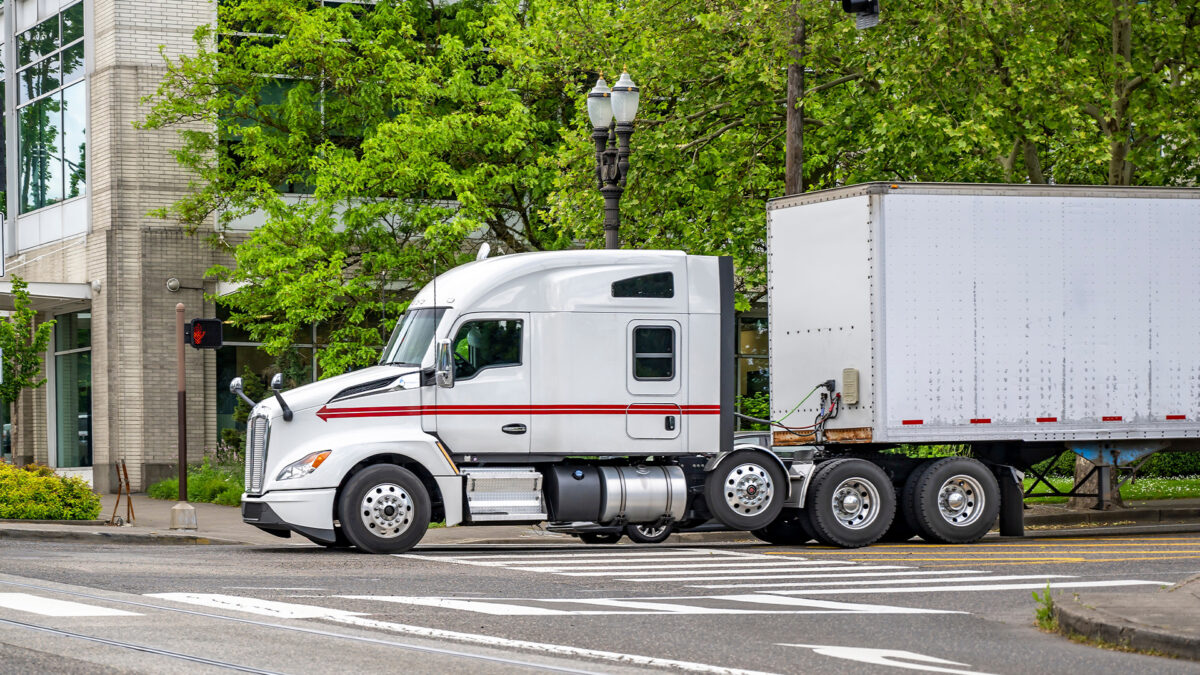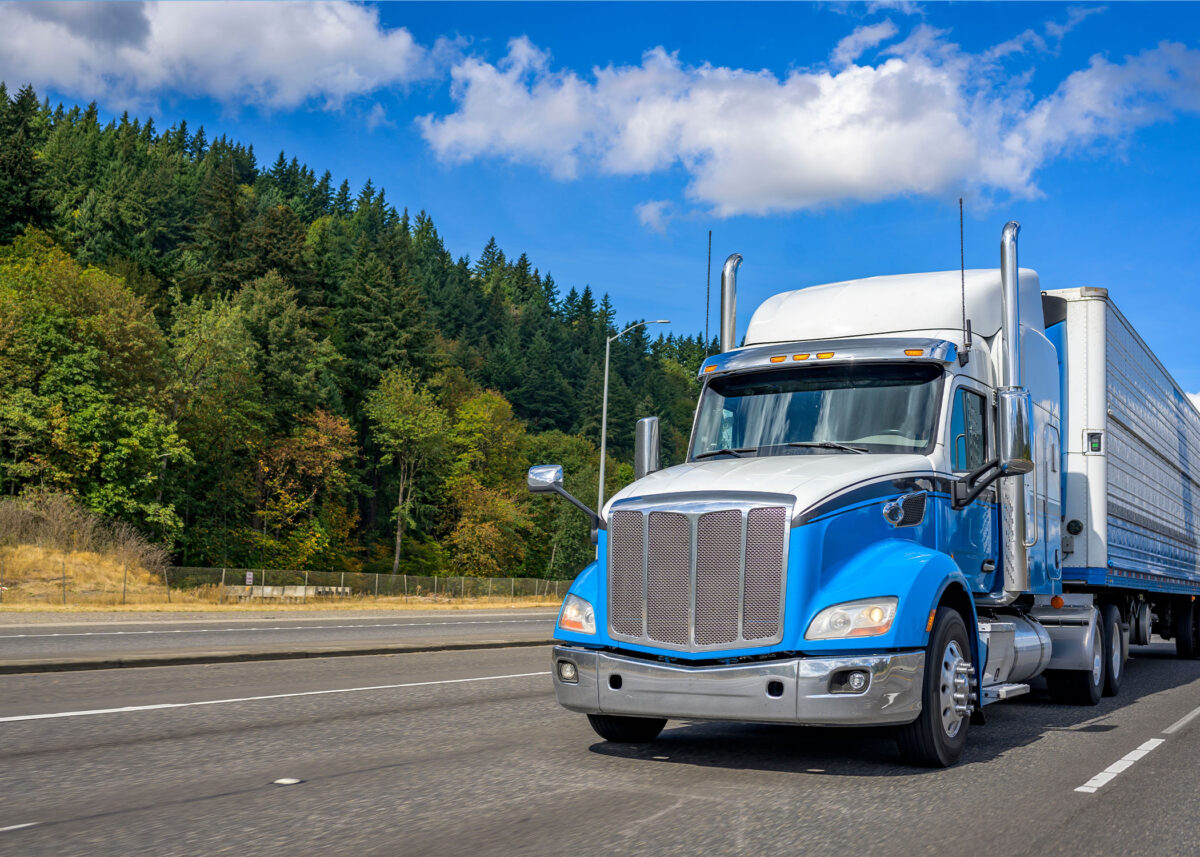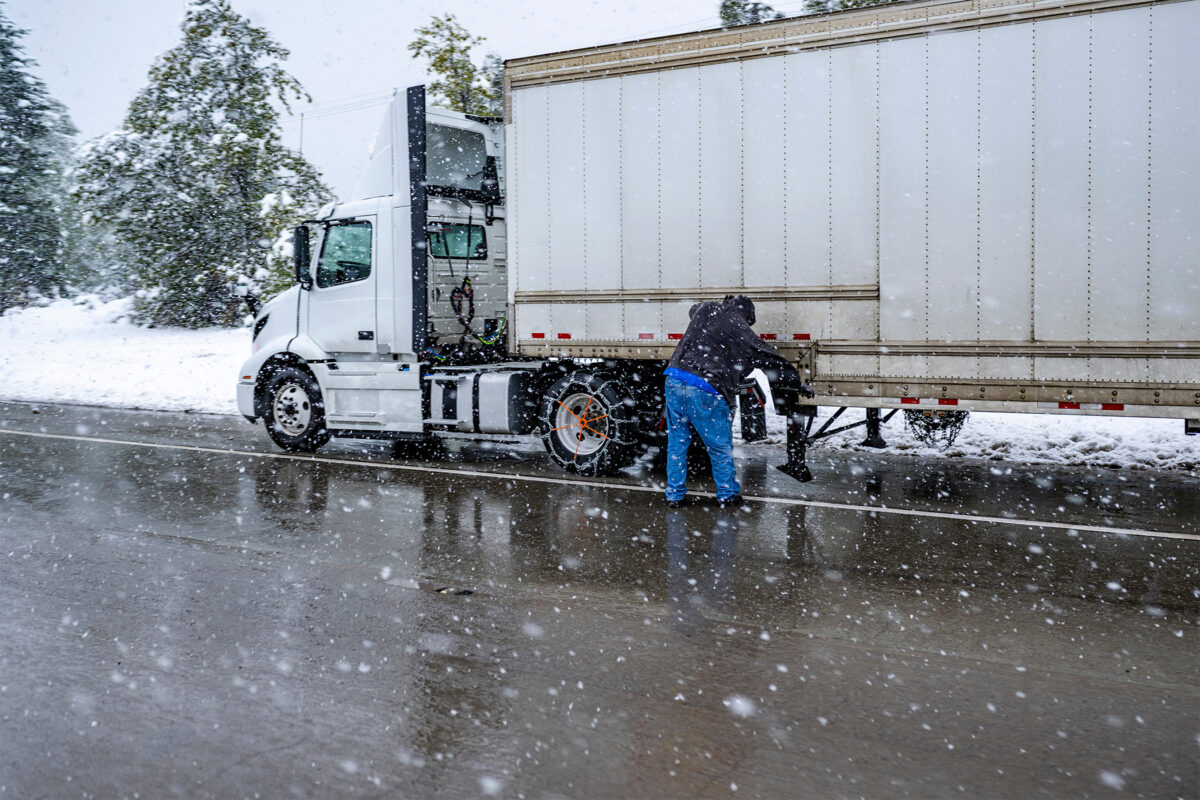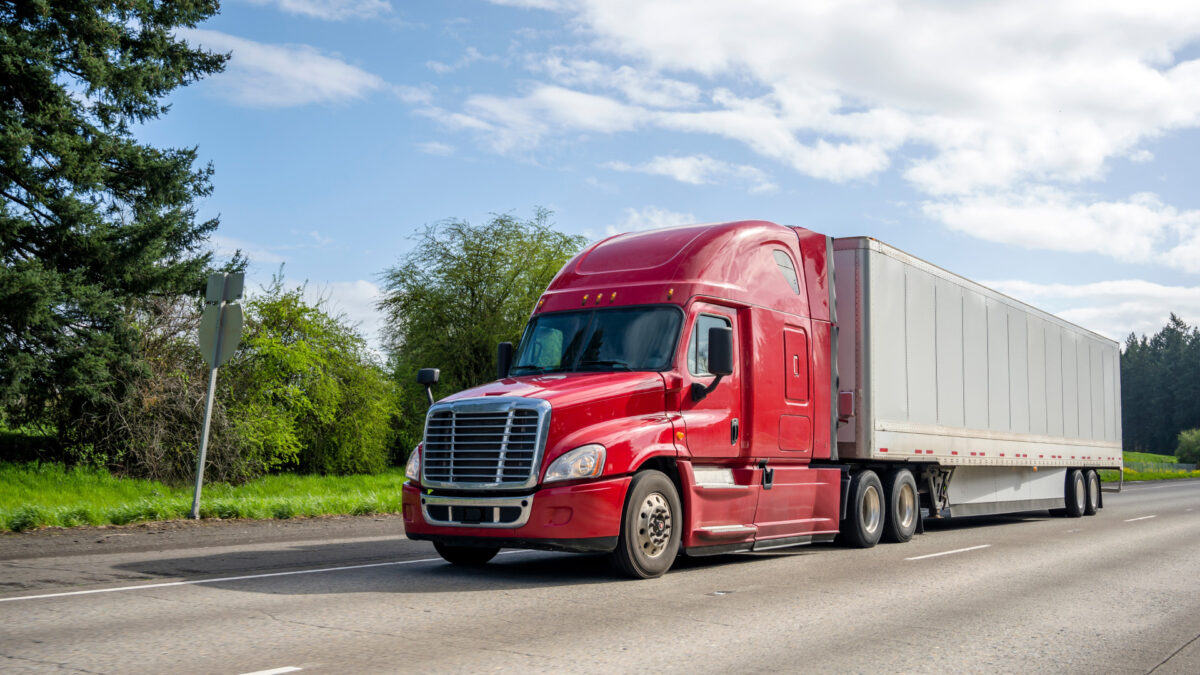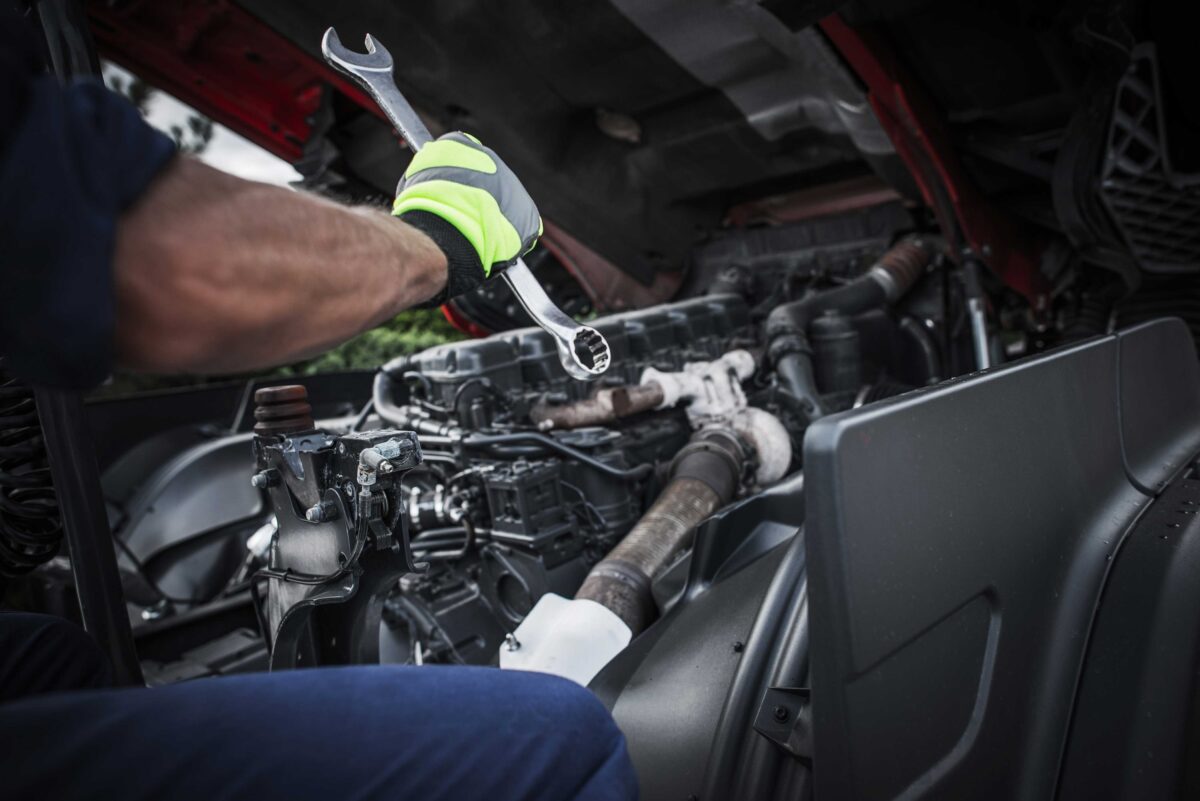In today’s fast-paced world, technology is transforming every industry, and trucking is no exception. Whether you’re new to the world of truck driving or a seasoned pro, the right apps can make your life on the road smoother, safer, and more efficient. In this blog, we’ll explore some must-have smartphone apps that every tech-savvy trucker should have.
Navigation and Route Planning
One of the biggest challenges for truckers is finding the best routes. Traditional GPS systems often don’t account for the specific needs of truckers, like avoiding low bridges or weight-restricted roads. That’s where trucking apps like Trucker Path come in handy. This app for truck drivers provides real-time information on things like weigh stations, parking availability, and even fuel prices, making it easier to plan your trip.
Another great option is Waze, a community-driven navigation app that offers real-time traffic updates, including accidents, road closures, and police activity. While not specifically designed for trucks, Waze can be a helpful tool for avoiding traffic jams and saving time on the road.
Fuel and Maintenance Management
Keeping track of fuel expenses and vehicle maintenance is crucial for any trucker. Fuelbook is a must-have app that helps you find the best fuel prices along your route, saving you money on every trip. It also offers a fuel logbook feature, making it easy to keep track of your fuel expenses over time.
For maintenance, KeepTruckin is an essential app for truckers. It allows drivers to log their hours of service, track vehicle maintenance, and even scan and store important documents. This app helps ensure that you stay compliant with regulations and keep your truck in top shape.
Communication and Connectivity
Staying connected with your dispatcher, fellow truckers, and loved ones is essential when you’re on the road. Zello is a push-to-talk app that turns your smartphone into a walkie-talkie, allowing you to communicate with others instantly. It’s perfect for quick updates or coordinating with other drivers.
Another useful app is Skype. While video calls might not always be possible while driving, Skype is a great way to stay in touch with family and friends during your downtime. Plus, it’s free to use as long as you have an internet connection.
Entertainment and Well-being
Long hours on the road can take a toll on your mental and physical health. Apps like Spotify and Audible offer a wide range of music, podcasts, and audiobooks to keep you entertained and engaged while driving. Whether you’re into country music, true crime, podcasts, or want to listen to the latest bestseller, these apps have you covered.
For your physical health, consider downloading MyFitnessPal. This app helps you track your diet and exercise, ensuring that you stay fit and healthy despite the challenges of a trucker’s lifestyle.
Ready to Hit the Road? Get Your CDL at HDS Truck Driving Institute!
Being a tech-savvy trucker isn’t just about having the latest apps on your phone; it’s about being prepared for anything the road throws your way. At HDS Truck Driving Institute, we equip you with the skills and knowledge you need to thrive in this dynamic industry, ensuring you’re ready for both the challenges and opportunities that come with a career in trucking.


